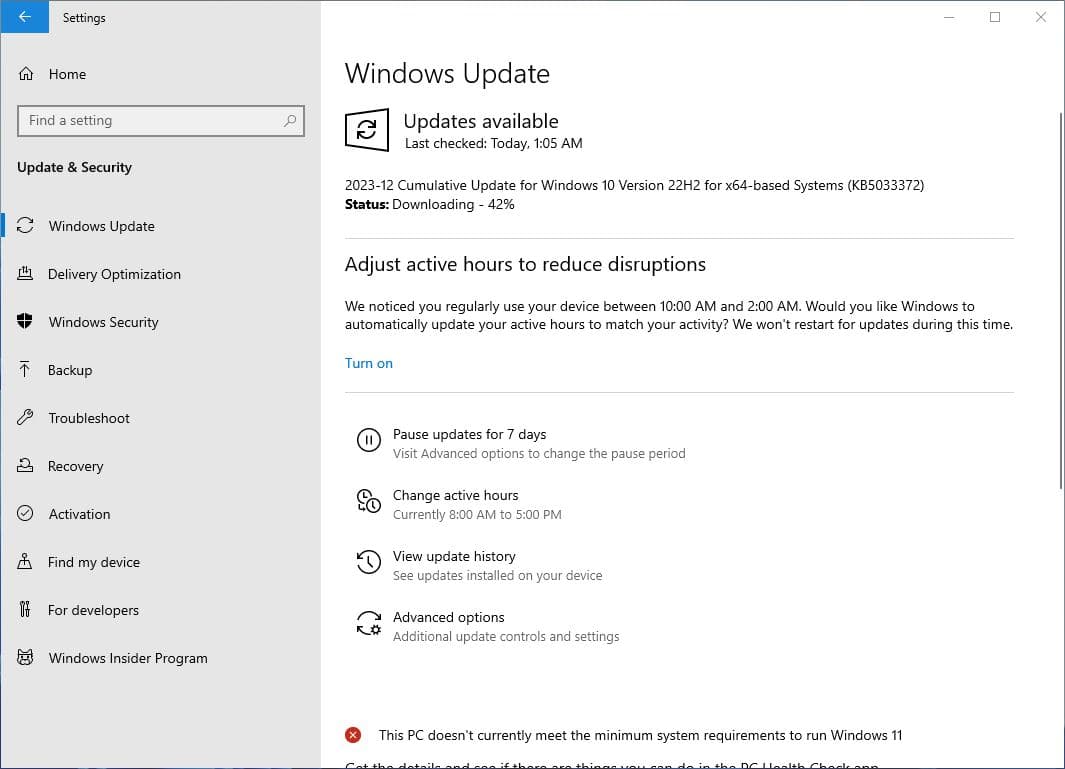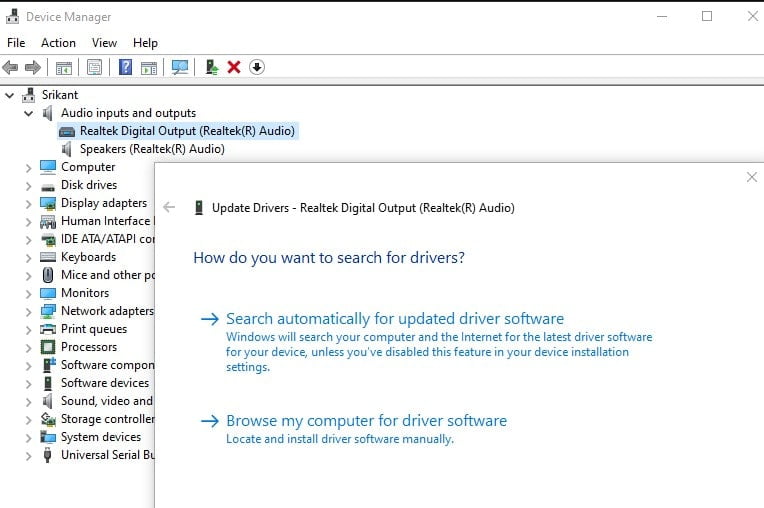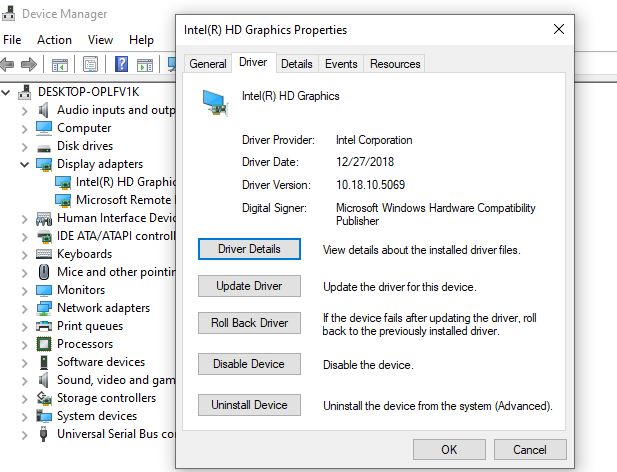How to Manually Update Device Drivers Windows 10/11

A device driver is an essential part of the computer that detects and interacts with a specific piece of hardware (such as graphics card, hard drive, or network adapter), as well as peripherals, including mice, keyboards, printers, monitors, and many others. And with the latest Windows 10, Microsoft has made it automatically detect and install drivers using the array of product drivers built into the system and Windows Update. That means many devices, such as network adapters, monitors, printers, and video cards, are automatically downloaded and installed through Windows Update.
But sometimes you may have to update a device manually for a number of reasons such as hardware isn’t recognized automatically, stops working after an upgrade, or Windows Update installs a generic package, Well if you’d like to manually update or reinstall a driver, here’s how:
Update Device Drivers Windows 10
Updating drivers could also improve the overall performance of the system, address Wi-Fi connectivity issues and stabilize Bluetooth connections.
Windows Update
Most of the Device drivers are also shipped via Windows Update. To grab new drivers, we recommend checking for and installing the latest Windows update. This automatically downloads the required device driver on your PC.
- Open Windows Update settings using the Keyboard shortcut Windows + I
- Click on Update and Security then Windows update
- Next, check for new updates by choosing Check for updates.
- Restart your PC to apply these updates.

Update the device driver
- In the search box on the taskbar, enter the device manager, then select Device Manager.
- Select a category to see the names of devices, then right-click (or press and hold) the one you’d like to update.
- Select Search automatically for updated driver software.
- Select Update Driver.
- If Windows doesn’t find a new driver, you can try looking for one on the device manufacturer’s website and follow their instructions.

How to update Graphics Drivers
- Press Windows + X keyboard short and select Device Manager,
- Expand Display adapters to see your graphics card details.
- Right-click on the installed graphics driver select update driver,
- Click on Search automatically for updated driver software
- Your computer will scan for available updates and download and install them automatically.
Rollback Device driver
Sometimes if you notice a problem started after a recent device driver. Such as encountering a Windows 10 black screen at startup after updating the graphics driver. In such a case, you can use the rollback driver option to reverent the current driver to the previous version. Here is how to roll back the device driver on Windows 10.
- Press Windows + R, type devmgmt.msc, and click ok,
- This will open device manager Windows and display all installed driver lists,
- expend display driver, right-click on graphics driver select properties.
- When you move to the driver tab you will get the following option to roll back the driver:

- Update Drivers: This will start the Hardware Update Wizard.
- Roll Back Driver: This will uninstall the most recently updated driver and will roll back your configuration, to the earlier version. You may need to roll back a driver if you find that your device fails after updating the driver.
- Disable (or Enable) Driver: This will disable the Driver until you enable it back again.
- Uninstall Driver: This will uninstall completely the driver’s files and registry settings for the selected hardware.
Reinstall the device driver
- In the search box on the taskbar, enter the device manager, then select Device Manager.
- Right-click (or press and hold) the name of the device, and select Uninstall.
- Restart your PC.
- Windows will attempt to reinstall the driver.
